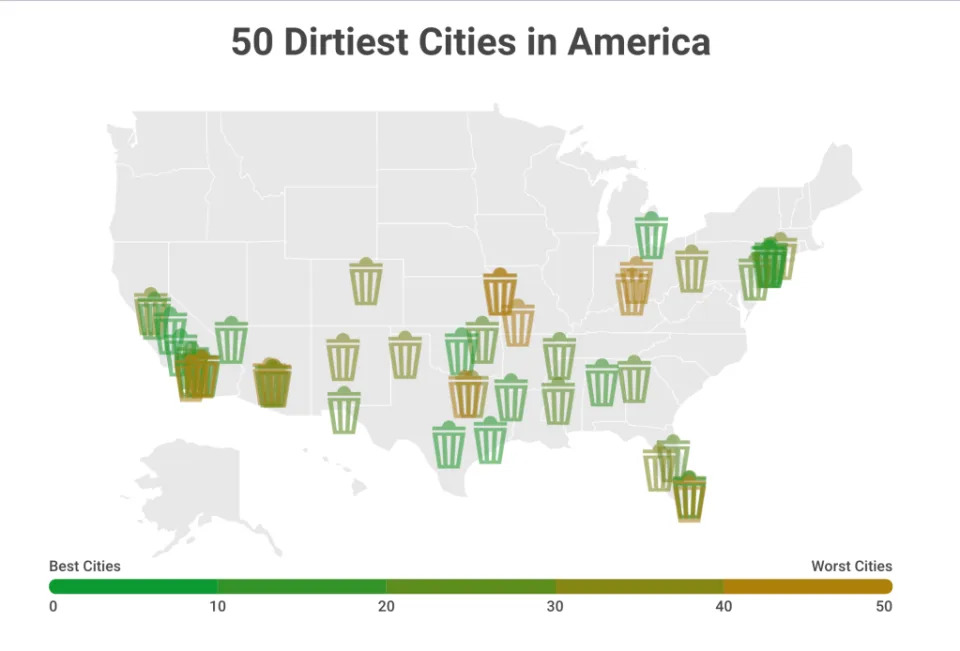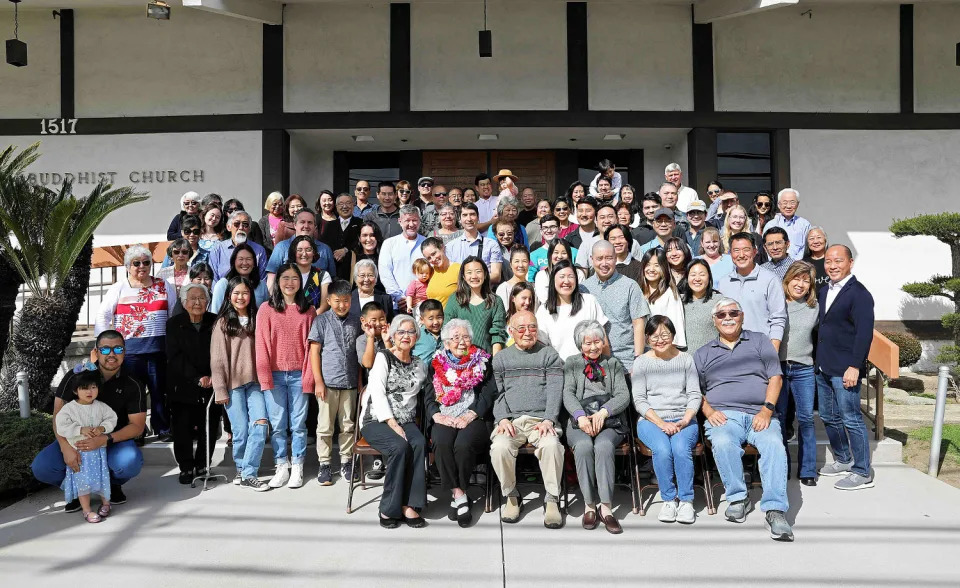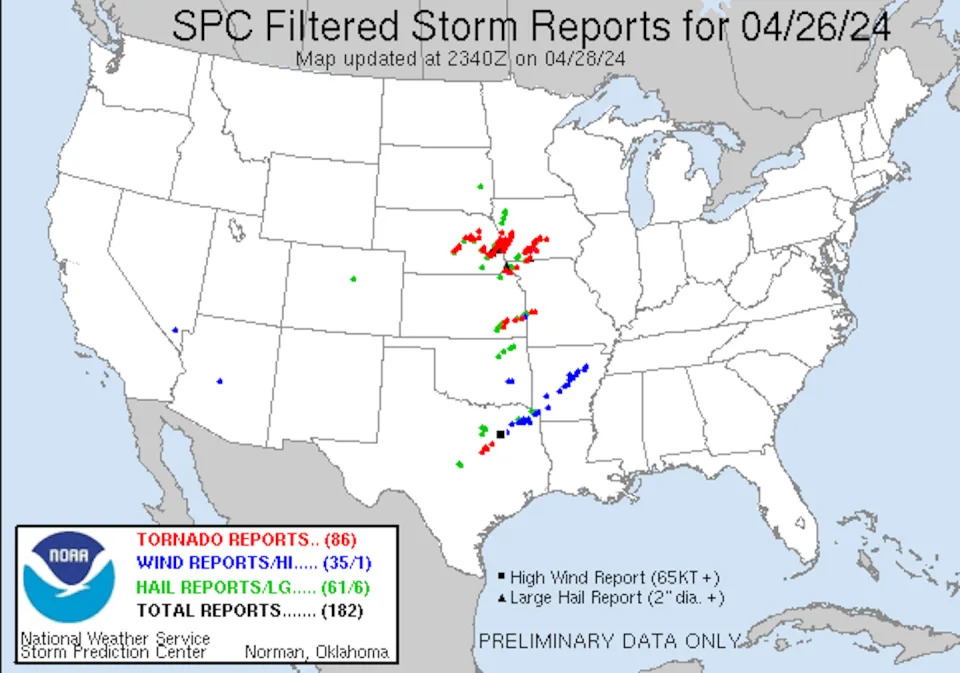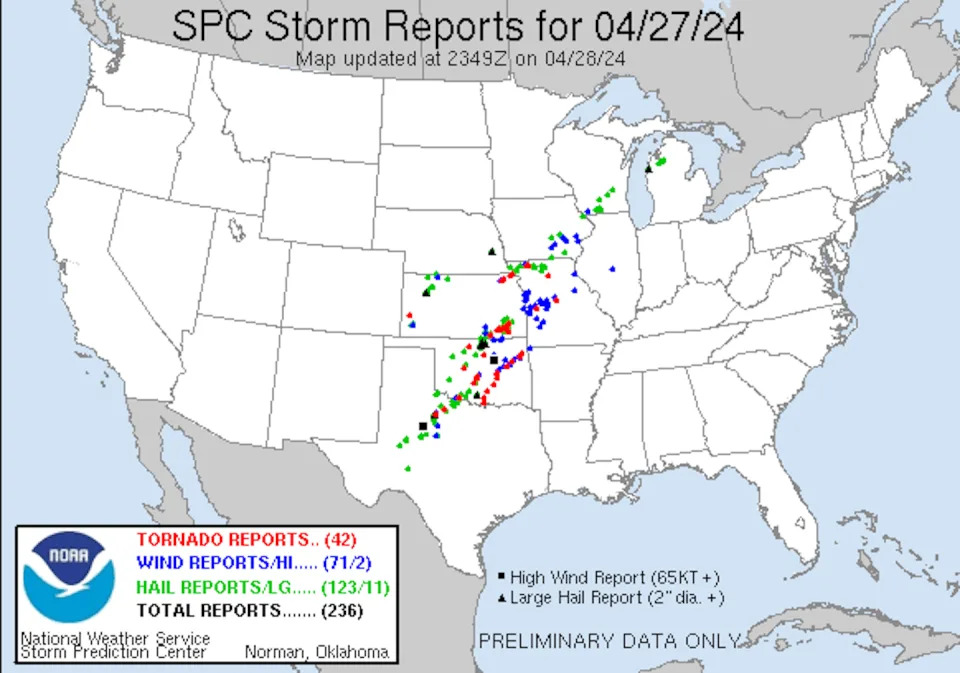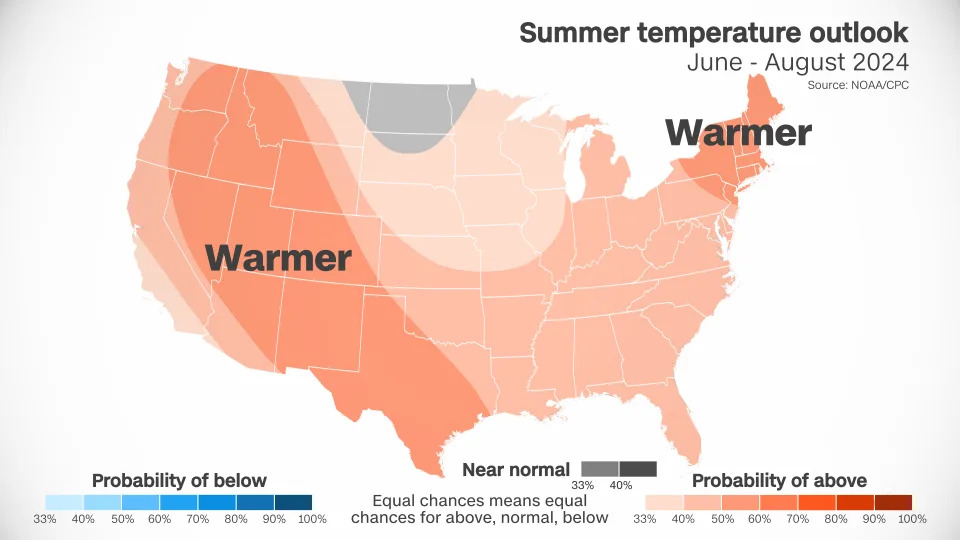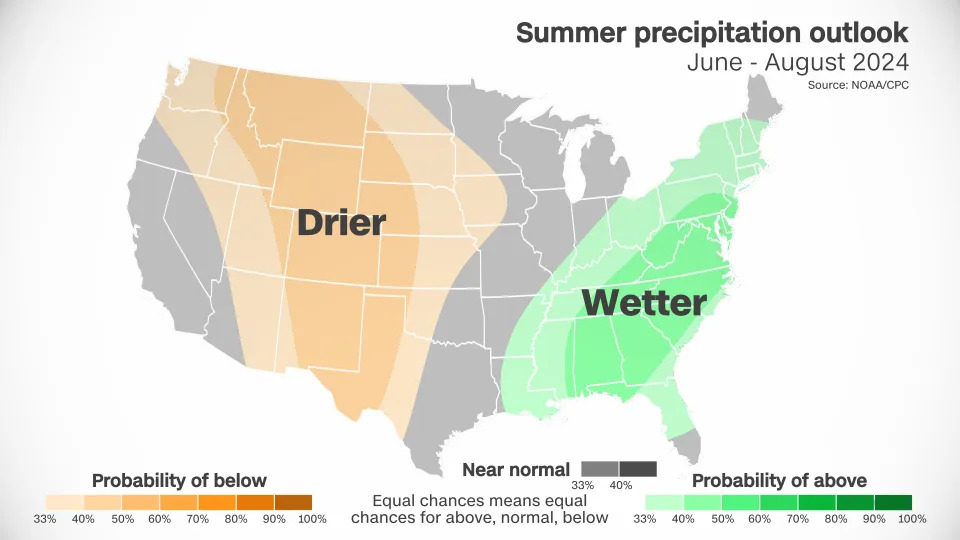The New York Times – Opinion
Freedom’s Just Another Word for Not Paying Taxes
By Paul Krugman, Opinion Columnist – June 10, 2024

After Donald Trump was convicted on 34 felony counts, the Heritage Foundation — a right-wing think tank that has, among other things, produced the Project 2025 agenda, a blueprint for policy if Trump wins — flew an upside-down American flag, which has become an emblem for support of MAGA in general and election denial in particular.
This action may have shocked some old-line conservatives who still thought of Heritage as a serious institution, but Heritage is, after all, just a think tank. It’s not as if upside-down flags were being flown by people we expect to defend our constitutional order, like Supreme Court justices.
But Heritage’s embrace of what amounts to an attack on democracy is a useful symbol of one of the really troubling developments of this election as it heads into the final stretch. Heritage presents itself as a defender of freedom, but its real mission has always been to produce arguments — frequently based on shoddy research — for low taxes on rich people. And its tacit endorsement of lawlessness illustrates the way many of America’s plutocrats — both in Silicon Valley and on Wall Street — have, after flirting with the crank candidacy of Robert F. Kennedy Jr., been rallying around Trump.
Why would billionaires support Trump? It’s not as if they’ve done badly under President Biden. Stock prices — which Trump predicted would crash if he lost in 2020 — have soared. High interest rates, which are a burden on many Americans, are if anything a net positive for wealthy people with money to invest. And I doubt that the superrich are suffering much from higher prices for fast food.
Wealthy Americans, though, are surely betting they’ll pay lower taxes if Trump wins.
Biden and his team have offered fairly explicit guidance about their tax agenda, which would directly raise taxes on high-income Americans and also raise corporate taxes, which would indirectly be mainly a tax on the wealthy. These measures wouldn’t produce taxes at the top remotely comparable to what they were during the Eisenhower years, when the top marginal income tax rate was 91 percent and large estates could face inheritance taxes as high as 77 percent. Still, Biden’s plans, if carried out, would make the rich a bit less rich.
Trump has been far less explicit, but he clearly wants to retain his 2017 tax cut in full, and his allies in Congress are committed not just to tax cuts but to starving the Internal Revenue Service of resources, which would allow more wealthy Americans to evade the taxes they legally owe.
So billionaires aren’t wrong in thinking they’ll pay less in taxes if Trump wins. But why aren’t they more concerned about the bigger picture?
After all, even if all you care about is money, Trump’s agenda should make you very worried. His advisers’ plans to deport millions of immigrants (supposedly only the undocumented, but do you really believe many legal residents wouldn’t get caught up in the dragnets?) would shrink the U.S. labor force and be hugely disruptive. His protectionist proposals (which would be very different from Biden’s targeted measures) could mean an all-out global trade war. If he’s able to make good on them, his attacks on the independence of the Federal Reserve risk much more serious inflation than anything we’ve experienced in recent years.
Beyond all that, Trump will almost certainly try to weaponize the justice system to go after his perceived enemies. Only someone completely ignorant of history would imagine himself safe from that kind of weaponization — even if Trump considers you an ally now, that can change in an instant.
And if you’ve been following Trump’s rantings, you know that his rhetoric is getting less rational and more vindictive by the week. Yet his support among billionaires seems if anything to be consolidating.
So what’s going on? Here’s what I think, although it’s admittedly speculative.
First, America’s oligarchs probably believe that their wealth and influence would protect them from the arbitrary exercise of power. Trump and company might turn corrupt law enforcement and a cowed judiciary against other people, but surely not them! By the time they realized how wrong they were, it would be too late.
As I’ve written before, the superrich can be remarkably obtuse and ignorant of history.
Second, at some level I don’t really think it’s about the money. How much difference does it make to a billionaire’s quality of life if he has to settle for a slightly smaller superyacht? At the top of the pyramid, wealth is largely about status and self-importance; as Tom Wolfe wrote long ago, it’s about “seeing ’em jump.”
And when politicians don’t jump, when they don’t treat the very wealthy with the deference and admiration they consider their due, some of them become enraged. We saw this when many Wall Streeters turned on President Barack Obama — after he helped bail them out in the financial crisis — because they felt insulted by his occasional criticisms.
Biden is hardly a class warrior, but he clearly doesn’t worship the superrich. And all too many of them are turning to Trump out of sheer pettiness.










